PEOPLE ROOM
(This page is a sample of the works to be added. There will be portrait
and group photos.)
Page 1
This page by Jerry Wilkinson
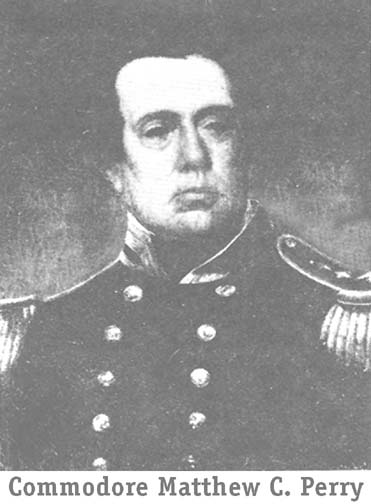 Navy Lt. Matthew Perry on March 25, 1822 sailed
the Navy schooner Shark to Cayo Hueso (Key West) and planted the US flag
claiming the island as US property. He named the island "Thompson's Island"
after the Secretary of the Navy, Smith Thompson.
Navy Lt. Matthew Perry on March 25, 1822 sailed
the Navy schooner Shark to Cayo Hueso (Key West) and planted the US flag
claiming the island as US property. He named the island "Thompson's Island"
after the Secretary of the Navy, Smith Thompson.
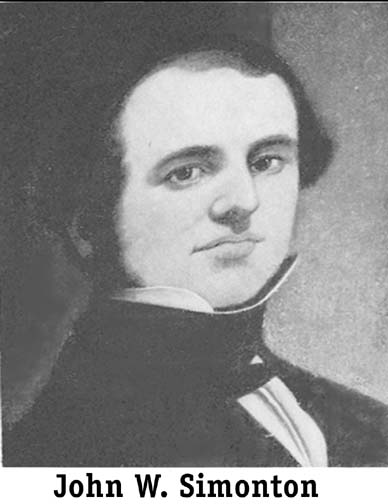 John W. Simonton came from Mobile, Alabama to
purchase the island of Cayo Hueso (Key West) from Juan Pablo Salas on January
19, 1822.
John W. Simonton came from Mobile, Alabama to
purchase the island of Cayo Hueso (Key West) from Juan Pablo Salas on January
19, 1822.
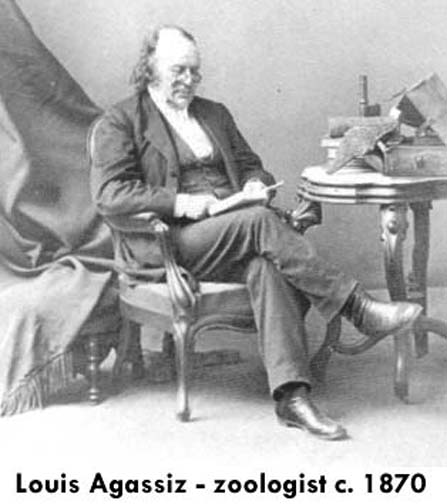 Louis Agassiz was perhaps the first biologist
to study the coral reef. He did so in 1851 off the Florida Keys. His son,
Alexander, followed in his father's "wake" and published his father's work
and his own at Harvard University.
Louis Agassiz was perhaps the first biologist
to study the coral reef. He did so in 1851 off the Florida Keys. His son,
Alexander, followed in his father's "wake" and published his father's work
and his own at Harvard University.
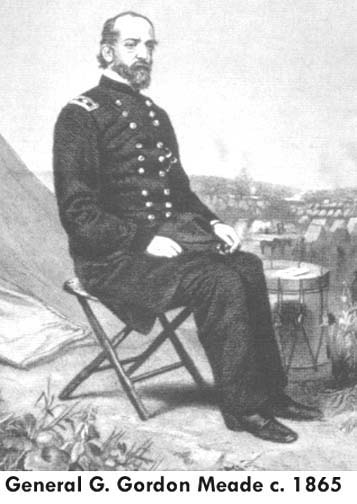 A a lieutenant and later captain, George Gordon
Meade constructed lighthouses at Carysfort, Sand and Sombrero Reefs. Meade
assumed command of the Army of the Potomac and defeated General Robert
E. Lee at the Battle of Gettysburg.
A a lieutenant and later captain, George Gordon
Meade constructed lighthouses at Carysfort, Sand and Sombrero Reefs. Meade
assumed command of the Army of the Potomac and defeated General Robert
E. Lee at the Battle of Gettysburg.
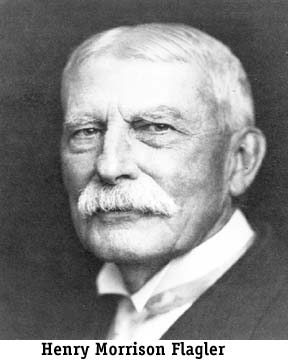 Henry Flagler opened up the east coast of Florida
from Jacksonville to Key West for rail transportation and hotel accommodations.
Henry Flagler opened up the east coast of Florida
from Jacksonville to Key West for rail transportation and hotel accommodations.
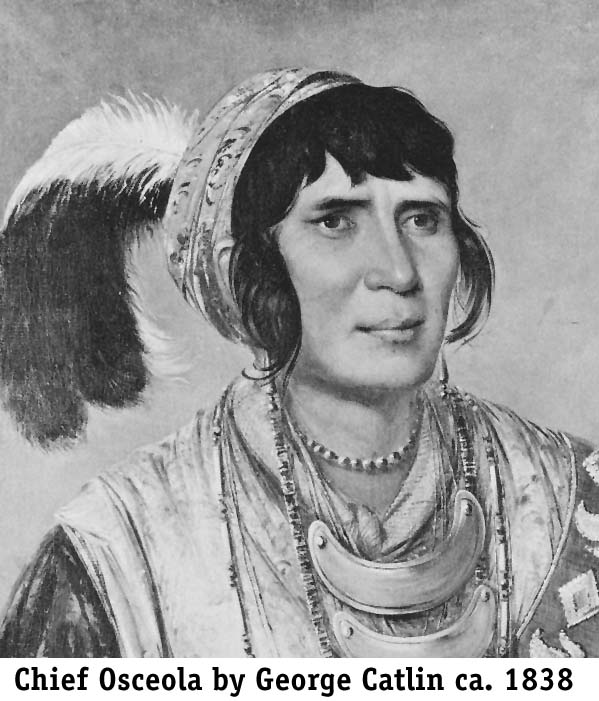 Asi-yaholo, called Osceola by the whites, began
to attract attention in 1832 when he opposed the plan to send all Seminoles
westward. He led and inspired the Seminoles until latter 1837 when he was
captured and imprisoned. He died in January 1938.
Asi-yaholo, called Osceola by the whites, began
to attract attention in 1832 when he opposed the plan to send all Seminoles
westward. He led and inspired the Seminoles until latter 1837 when he was
captured and imprisoned. He died in January 1938.
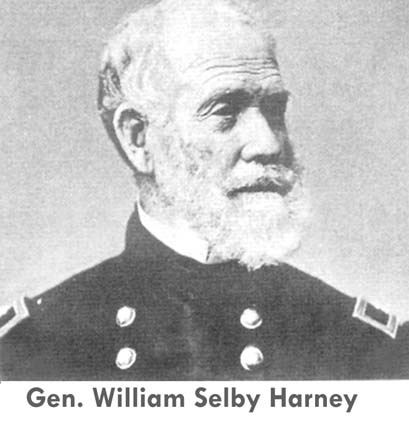 Lt. Col. Harney (1800 - 1889) assigned to Fort
Dallas (Miami) was attacked by Chief Chekika on the Caloosahatchee River
in July 1839. He and 14 soldiers escaped. After Chekika's attack on Indian
Key in August 1840, Col. Harney in December pursued Chekika into the Everglades
and killed the chief.
Lt. Col. Harney (1800 - 1889) assigned to Fort
Dallas (Miami) was attacked by Chief Chekika on the Caloosahatchee River
in July 1839. He and 14 soldiers escaped. After Chekika's attack on Indian
Key in August 1840, Col. Harney in December pursued Chekika into the Everglades
and killed the chief.
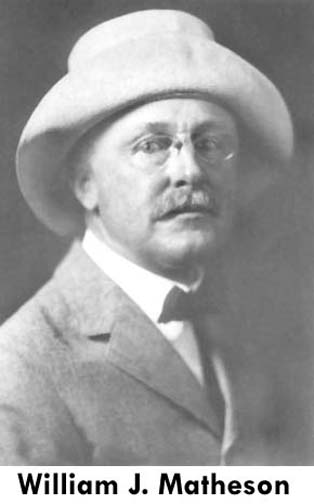 William John Matheson (1856 - 1930) purchased
property on Florida's mainland in 1902. Later he purchased property in
the Upper Keys, notably the island of Lignum Vitae Key, where he constructed
a coral rock house.
Continued on Page 2
William John Matheson (1856 - 1930) purchased
property on Florida's mainland in 1902. Later he purchased property in
the Upper Keys, notably the island of Lignum Vitae Key, where he constructed
a coral rock house.
Continued on Page 2
Go to Page 2, or
Return to Home Page
|